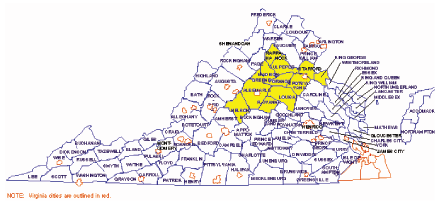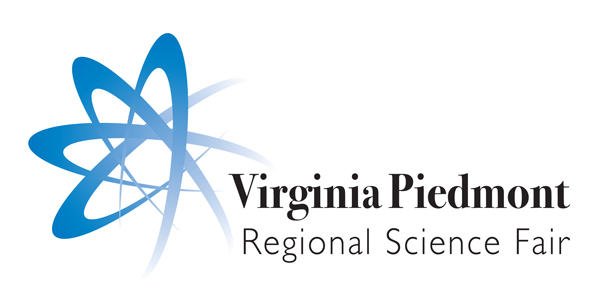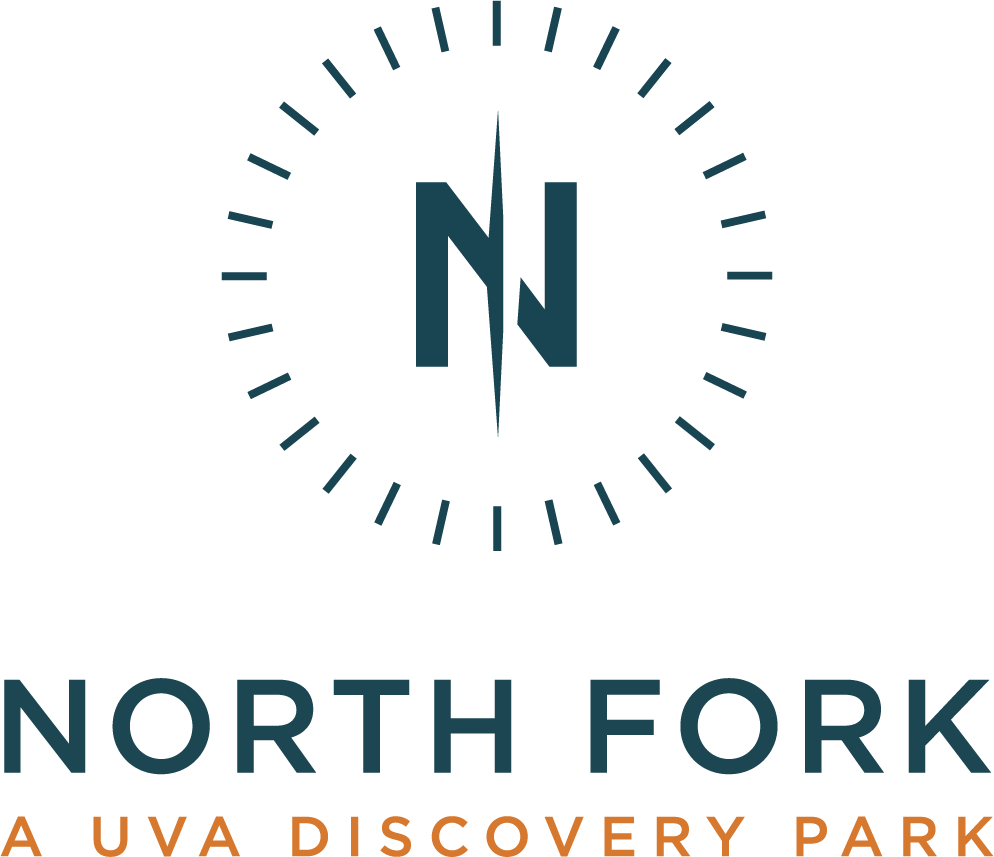Rule & Guidelines
The VPRSF follows the ISEF rules and regulations which can be viewed here.
In addition to the ISEF rules, the following applies to the VPRSF.
- All projects must be registered before the deadline.
- All Senior projects require the following forms (follow instructions in the Registration Site for uploading):
- An Abstract and Research Plan w/ bibliography
- Checklist for Adult Sponsor Form 1
- Student Checklist Form 1A
- Approval Form 1B
- Approval forms must be signed and, if required, reviewed by the SRC (Safety Review Committee) before any experimentation can begin.
- Additional forms are needed to help ensure appropriate supervision and safety of all participants in some projects. If you need help to select which additional forms you will need, use the ISEF Rules Wizard.
- The VPRSF follows the same process as the ISEF. This ensures that all participants are qualified for the ISEF. The following Intel ISEF forms constitute written documentation of what will occur, or in some cases, has already occurred, in a research project. They are designed to provide the information that is needed to review the project to ensure compliance with the Intel ISEF rules and with laws and regulations that apply to the project. The forms should be filled out and signed before any research takes place. (Only Forms 1C, 7, and the abstract are done after the research.) The dates of the signatures reflect when the approval or consent is given.
- NOTE: The ISEF Rules provide for an exhibit space of 48" in width. The VPRSF can only accommodate an exhibit space of 36", so please plan accordingly.
Safety Review
If, according to the results of the ISEF Wizard, your project requires a safety review by the VPRSF Scientific Review Committee, you must submit the required forms and research plan for review to the SRC Chairwoman, Ms. Anne Deane. Forms can be submitted to her at src.vprsf@gmail.com and she can be reached by phone at (434) 825-7559 with any questions.
Who May Enter
The Virginia Piedmont Regional Science Fair, governed by its Board of Directors, was established to serve the Central Virginia area encompassing the City of Charlottesville, and Albemarle, Culpeper, Fluvanna, Green, King George, Louisa, Madison, Nelson, Orange, Rappahannock, Spotsylvania, Fauquier, and Stafford counties. The Fair is open to 6th - 12th grade students in public, private, and home schools in the area. School participation can be arranged by contacting the Fair Director and sending a representative from the school to designated planning meetings each year. Home schools in the area are also welcome and must contact the Fair Director about qualifying for the Fair.
If you do not attend a school in one of the areas listed above, we cannot accommodate your entry, but can help you locate the appropriate regional fair to attend. There are 11 regional fairs across the state - see here for a list.
How Many Entries Per School
The VPRSF does not currently limit the number of projects any one school can promote to the Fair. We cover a large and diverse region of public, private, and home schools who have varying resources. Some schools, districts, or divisions may have their own separate fair and promote those winners to VPRSF. Others may not have that option. Either way, it is left to the teachers/administrators to promote projects that they believe are appropriate for the regional fair. The VPRSF is a resource for encouraging students to conduct an independent science project and present their work in a competitive environment. If a student has this desire and their teacher supports their work, we will do our best to accommodate their entry.
Team Projects
Teams may have no more than 3 members from the beginning of the project. A team project cannot be converted to an individual project. A new member cannot join an ongoing team project, but 2 original team members may continue if the 3rd member leaves the team. Each team should appoint one team leader, but every member of the team must be fully involved and familiar with all aspects of the project and able to serve as spokesperson. The final work must reflect the work of the coordinated efforts of all team members. Each team membrer must register individually and will be able to link to the same project - follow the prompts during registration. All team members should be present during judging.
About VPRSF
The Virginia Piedmont Regional Science Fair is a 501(c)3 non-profit volunteer organization. The Fair is affiliated with the International Science and Engineering Fair. The Regeneron International Science and Engineering Fair (ISEF) is the world’s largest pre-college celebration of science. Established in 1950 by the Society for Science & The Public and held annually in May, the Intel ISEF brings together over 1,400 students from more than 40 nations to compete for scholarships, tuition grants, internships, scientific field trips and the grand prize: a $75,000 college scholarship.
The Fair organization is governed by a Board of Directors who plan and prepare for the Fair in the year prior to fair day.
Our Mission
The Virginia Piedmont Regional Science Fair is an educational and motivating experience for the students.
Participants
Several hundred students from Piedmont Virginia representing more than thirty different schools from over a dozen school divisions participate.
Middle School students (Junior Division) and High School students (Senior Division) are judged separately in each of 17 science and engineering categories. Schools within Albemarle, Culpeper, Fauquier, Fluvanna, Green, King George, Louisa, Madison, Nelson, Orange, Rappahannock, Spotsylvania, and Stafford counties are in the Science Fair region. We welcome the participation of all 6th through 12th grade public or private students in our region even if their school does not include the Fair in their science program.

Students compete in their school fairs where projects are selected to participate in our Regional Fair. At our fair they are interviewed by a panel of volunteer judges who are often from a scientific or engineering ield themselves. The winners are announced the evening of the Fair.
Winners Advance
• Two Senior Division “Grand Award Winners” win expense-paid trips to the International Science & Engineering Fair held in the U.S. in May of each year.
• Each Senior Division 1st Place category award winner is invited to advance to the Virginia State Science & Engineering Fair held at a VA university in April of each year.
• Each Junior Division 1st Place category award winner is invited to participate in the Thermo Fisher Scientific Junior Innovators Challenge, a national science competition held in Washington, DC in the Fall of each year.
Awards
• First, second, third place, and honorable mentions are awarded in each category and division.
• More than 100 special awards are presented by more than 30 organizations.


Public Display
The Fair will be open for public viewing after the judges have completed their evaluations. This is normally around 2:30pm. The public viewing period will end at 5pm.
Awards Ceremony
All of those supporting the students are invited to attend the awards ceremony which will be held in the Meeting Center in Town Center 4 at the North Fork Discovery Park. The ceremony is scheduled to start at 5:15pm and end at 7:00pm.
Schedule of the Day
Project Set Up: 8:00am
Judging Starts: 10:00am
Lunch
-
11:30 – 12:15 (Juniors Animal Sciences – Engineering: Materials & Bioengineering)
-
12:00 – 12:45 (Juniors Engineering: Electrical & Mechanical – Plant Sciences)
-
12:45 – 1:30 (All Seniors)
Judging Ends: 2:30pm (estimated)
Best of Show Judging: 2:30pm-4pm (1st place Seniors Only)
Awards Ceremony: 5:15pm-7pm
What to Expect at the Fair
Fair day can be a long, physically, mentally, and emotionally demanding day. Our goal is to make it an inspiring experience for all students who attend whether they are participants or observers. Please see the schedule tab for a full run down of the day.
The VPRSF is a traditional science fair. You are provided a 36" wide table to display your project board (see Rules for more information). Judging is in person and usually involves a small team of judges. You will be interviewed by the judges, sometimes once, or sometimes more based on the awards your project is qualified for or if the judges need to circle back with more questions.
Parents, teachers, mentors, family members are certainly welcome to attend, but are not permitted in the exhibit areas during judging. Areas for non-contestants will be made available during the judging periods. Non-contestants are invited to join their student(s) for lunch during the scheduled break times. There is an award ceremony in the evening that we hope all of those supporting the students will attend.
Participating students should not wear clothing or name tags with their name or their school’s name on it or display this information in their reports or exhibits because this information could influence judging.
Students must stay in their assigned area during the entire judging time except during their lunch break. They may bring quiet activities (electronics, books, cards etc.) to entertain themselves when judges are not interviewing them.
Lunches will be provided at no cost by our host, UVA North Fork Discovery Park. Participants may also bring their own lunches and any snacks they desire. Students will be released for a scheduled lunch. Refreshments can be consumed when needed, but please not when the judges are present. Concessions will be provided at the event as well.
Judging resumes after lunch. Know your schedule and be prompt.
Animal Sciences
Study of animals and animal life, including their structure, function, life history, interactions, classification, and evolution.
Behavioral and Social Sciences
The science or study of the thought processes and behavior of humans and other animals in their interactions with the environment studied through observational and experimental methods.
Biochemistry, Cellular & Molecular Biology
The study of chemical substances, interactions, and processes relevant to living organisms.
Chemistry
The science of the composition, structure, properties, and reactions of matter.
Computer Science
The study of information processes, the structures and procedures that represent processes, and their implementation in information processing systems. It includes systems analysis and design, application and system software design, programming, datacenter operations, and any application of artificial intelligence (AI), machine learning (ML), large language models (LLM), or natural language processing (NLP) to a dataset.
Energy and Transportation
The study of renewable energy sources, energy efficiency, clean transport, and alternative fuels.
Engineering: Electrical and Mechanical
The application of scientific and mathematical principles to practical ends such as the design, manufacture, and operation of efficient and economical structures, processes, and systems.
Engineering: Materials and Bioengineering
The application of scientific and mathematical principles to practical ends such as the design, manufacture, and operation of efficient and economical machines and systems.
Environmental, Earth & Planetary Sciences
The study of sciences related to the planet Earth (Geology, minerology, physiography, oceanography, meteorology, climatology, speleology, seismology, geography, atmospheric sciences, etc.).
The application of engineering principals to solve practical problems of managing mans' interaction with the environment with the goal to maintain and improve the state of an environmental resource affected by human activities.
The analysis of existing conditions of the environment.
Mathematical Sciences
The study of the measurement, properties, and relationships of quantities and sets, using numbers and symbols. The deductive study of numbers, geometry, and various abstract constructs, or structures.
Medicine and Health Sciences
The science of diagnosing, treating, or preventing disease and other damage to the body or mind.
Microbiology
The study of microorganisms, including bacteria, viruses, fungi, and pathogens.
Physics and Astronomy
Physics is the science of matter and energy and of interactions between the two. Astronomy is the study of anything in the universe beyond the Earth.
Plant Sciences
Study of plant life, including their structure and function, life history, growth, interactions with other plants and animals, classification, and evolution.
Judging Expectations and Suggested Criteria
It goes without saying that the judges for the VPRSF are critical to execution of the Fair! This role is very important not only for the execution of the event, but also in the development of the participating student(s). Your engagement with each student may be short, but it can be impactful on their desire to continue pursuing their interest in science. Please keep this in mind when interviewing the students about their projects.
The following are suggested criteria for all judges participating in the Fair. As a baseline, the student should present to you their hypothesis, the methods they applied to determine how they tested their hypothesis, their use of the materials they required to test the methods, what results they observed, and the conclusions they provide to determine if their hypothesis was proven or not.
In addition to this initial baseline understanding of the scientific process, please also consider the following:
- the quality of the work done on a project in science, engineering or mathematics by a student, and how well that student understands the project and the area in which he/she has been working. Only secondarily are we evaluating the physical display.
- level of laboratory, field or theoretical work and not just library research or gadgeteering. Keep in mind that the research environments span a wide spectrum in our region from home, school lab, up to university-level lab access.
- a student’s own work, appropriate for their grade level (i.e., not that of a Ph.D. candidate or a professional)
- a project as compared with the other projects in the same category at this fair
The five areas below are recommended for your consideration when reviewing each project and interviewing each student or student team. They are not required, but may help serve as a guide for you and your team of judges. Ultimately, your job is to determine 1st, 2nd, 3rd, and honorable mention(s) for the category you are judging.
All judges will receive specific instructions prior to the event as well as the morning of the Fair.
I. Creative Ability
- Does the project show creative ability and originality in the questions asked?
- The approach to solving the problem, the analysis of the data, the interpretation of the data?
- The use of equipment, the construction or design of new equipment?
- Creative research should support an investigation and help answer a question in an original way.
- A creative contribution promotes an efficient and reliable method for solving a problem. When evaluating projects, it is important to distinguish between gadgeteering and ingenuity.
II. Scientific Thought/Engineering Goals
Scientific Thought (for scientific projects)
- Is the problem stated clearly and unambiguously?
- Was the problem sufficiently limited to allow a plausible approach? Good scientists can identify important problems capable of solutions.
- Was there a procedural plan for obtaining a solution?
- Are the variables clearly recognized and defined?
- If controls were necessary, did the student recognize their need and were they correctly used?
- Are there adequate data to support the conclusions?
- Does the finalist recognize the data’s limitations?
- Does the finalist understand the project’s ties to related research?
- Does the finalist have an idea of what further research is warranted?
- Did the finalist cite scientific literature, or only popular literature (local newspapers, Reader’s Digest)?
Engineering Goals (for engineering projects)
- Does the project have a clear objective?
- Is the objective relevant to the potential user’s needs?
- Is the solution workable, acceptable to the potential user, economically feasible?
- Could the solution be utilized successfully in design or construction of an end product?
- Is the solution a significant improvement over previous alternatives?
- Has the solution been tested for performance under the conditions of use?
III. Thoroughness
- Was the purpose carried out to completion within the scope of the original intent?
- How completely was the problem covered?
- Are the conclusions based on a single experiment or replication?
- How complete are the project notes?
- Is the finalist aware of other approaches or theories?
- How much time did the finalist spend on the project?
- Is the finalist familiar with scientific literature in the studied field?
IV. Skill
- Does the finalist have the required laboratory, computation, observational and design skills to obtain supporting data?
- Where was the project performed? (home, school laboratory, university laboratory) Did the student receive assistance from parents, teachers, scientists, or engineers?
- Was the project completed under adult supervision, or did the student work largely alone?
- Where did the equipment come from? Was it built independently by the finalist? Was it obtained on loan? Was it part of a laboratory where the finalist worked?
V. Clarity
- How clearly does the finalist discuss the project and explain the purpose, procedure, and conclusions? Watch out for memorized speeches that reflect little understanding of principles.
- Does the written material reflect the finalist’s understanding of the research?
- Are the important phases of the project presented in an orderly manner?
- How clearly is the data presented?
- How clearly are the results presented?
- How well does the project display explain the project?
- Was the presentation done in a forthright manner, without tricks or gadgets?
- Did the finalist perform all the project work, or did someone help?